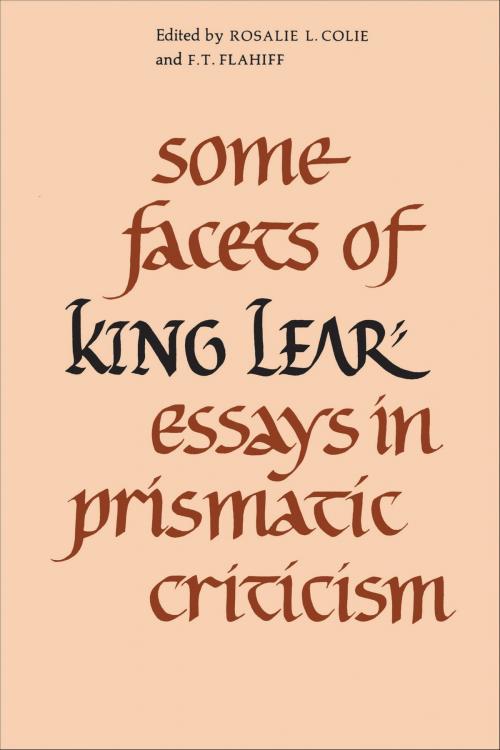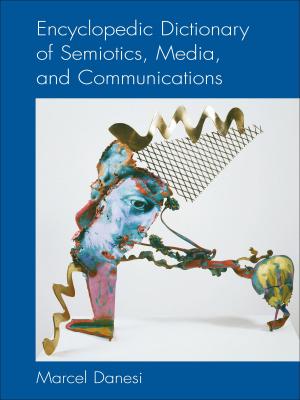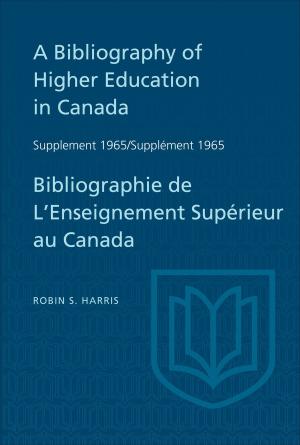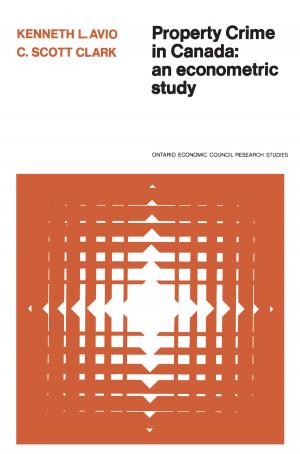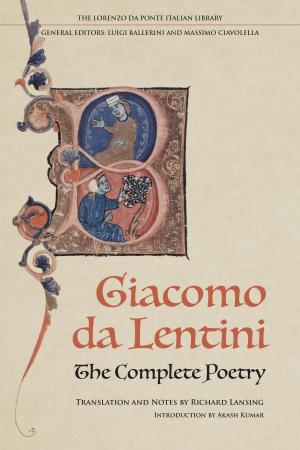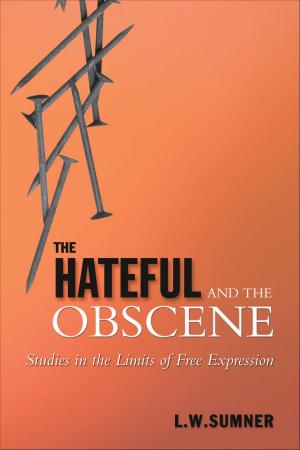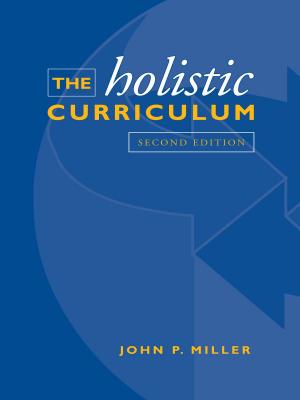Some Facets of King Lear
Essays in Prismatic Criticism
Fiction & Literature, Literary Theory & Criticism, British, Nonfiction, Entertainment, Drama, Shakespeare| Author: | ISBN: | 9781442654907 | |
| Publisher: | University of Toronto Press, Scholarly Publishing Division | Publication: | December 15, 1974 |
| Imprint: | Language: | English |
| Author: | |
| ISBN: | 9781442654907 |
| Publisher: | University of Toronto Press, Scholarly Publishing Division |
| Publication: | December 15, 1974 |
| Imprint: | |
| Language: | English |
The image of the prism, with its multiple refractions, offers some sense of the inexhaustible variety of a work of art. Like a prism, King Lear is attractive; like a prism, it is a multiply shaped thing; like a prism, it is an object of admiration, as well as an instrument of analysis.
The essays in this book – forming neither a casebook nor a 'perplex' – were written because their authors wanted to understand something specific about this very complicated play. Throughout, the emphasis is on Shakespeare's consciousness of his craft, on his critical use of the materials, notions, and devices available to him – on the play (prism-like) as an instrument of analysis.
Although the different contributors have occasionally influenced one another's readings of the play, the essays were written independently; that they are so mutually supportive is the result of the play's central insistence on its own primary meaning, visible from whatever perspective a serious reader may take.
The image of the prism, with its multiple refractions, offers some sense of the inexhaustible variety of a work of art. Like a prism, King Lear is attractive; like a prism, it is a multiply shaped thing; like a prism, it is an object of admiration, as well as an instrument of analysis.
The essays in this book – forming neither a casebook nor a 'perplex' – were written because their authors wanted to understand something specific about this very complicated play. Throughout, the emphasis is on Shakespeare's consciousness of his craft, on his critical use of the materials, notions, and devices available to him – on the play (prism-like) as an instrument of analysis.
Although the different contributors have occasionally influenced one another's readings of the play, the essays were written independently; that they are so mutually supportive is the result of the play's central insistence on its own primary meaning, visible from whatever perspective a serious reader may take.
